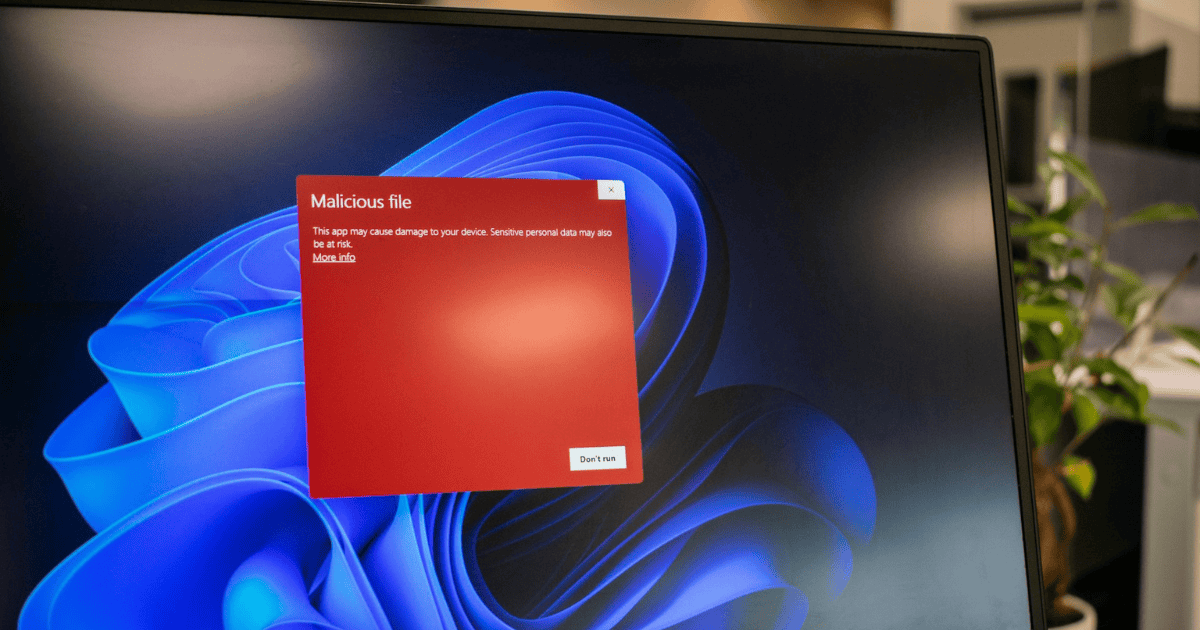Last Updated on 5 July 2023 by admin
Table of Contents
Continuous security monitoring (CSM) automates security monitoring to deliver real-time actionable security information as a proactive approach to threat intelligence. Solutions for continuous security monitoring give businesses immediate access to vulnerabilities, cyber threats, and a picture of their security posture. An increasing number of organizations are adopting CSM solutions as part of their more traditional security controls such as penetration testing, firewalls, and cybersecurity antivirus software as part of a comprehensive network-wide security program.
In today’s world of zero-day vulnerabilities, point-in-time security controls no longer provide the assurance IT professionals require to stay ahead of attackers. Some of the main techniques of continuous threat detection include 24/7 attack surface monitoring, continuous asset discovery, and vulnerability discovery.
Below we have outlined the main advantages of implementing continuous security-posture analysis.
Continuous security monitoring provides visibility of your digital ecosystem
For any organization, it’s imperative to fully understand your evolving IT environments. Real-time asset and vulnerability discovery will map your known and unknown assets helping to visualize your overall security posture to pinpoint security vulnerabilities accurately. Vulnerabilities can be introduced at any time and your attack surface is constantly in a state of change which reinforces the critical need for a security monitoring tools.
Assess your capacity to combat cyber risk
Full visibility of your threat landscape empowers you to determine your digital health and subsequently helps you with risk management. With the detailed and continuous insights provided by this form of security monitoring, you can use the security event information to adjust your continuous monitoring program accordingly and build a more robust cybersecurity program. For example, if an application is regularly flagging vulnerabilities its a trigger for a manual penetration test to for manual risk validation.
Speed up and prioritize remediation
Once you have located your security issues and other potential attack vectors, you can prioritize remediation efforts. The fact that this approach is continuous means you can be notified of risk as soon as it appears, thus allowing you to resolve issues imminently to efficiently optimize your organization’s defense. Alerts should also provide full descriptions of discovered vulnerabilities. For example, at Informer, we use CVSS vulnerability scoring among other metrics for you to gain a better understanding of the issue faced.
Taking a proactive approach to cybersecurity
Continuous security monitoring allows you to secure your external environment before attacks occur rather than in response to them, minimizing the chance for a successful breach to take place. A productive, forward-thinking detection and response measure like continuous security monitoring is much more effective than a reactive one, particularly in light of the rise in cyberattacks, including data leaks and XSS attacks. Firewalls, antivirus software, and other traditional protective methods no longer suffice as they can be nullified by sophisticated attacks.
Scaling cybersecurity programs
As new and emerging technology enables processes and operations to be faster and more efficient, they inevitably generate new and inescapable risks. Increasing risk must be addressed through a scalable continuous security strategy to protect data and systems from attacks 24/7. Scalable security is a strategy and toolset that can increase or decrease in capacity to support a larger or smaller load, subject to variations in demand. In other words, it readily safeguards your systems – even if your load increases.
Process to create a continuous security monitoring plan
There are a number of considerations and factors to take into account when designing a continuous security monitoring plan. These include the type of security threat you’re concerned about, the detection method you’ll use, and the frequency of observation.
It’s important to remember that the goal of continuous monitoring is to detect and respond to threats as quickly as possible. Some of the main considerations to take into account when designing a continuous monitoring plan include:
Threat type and definition
The first step in designing a continuous monitoring plan is to identify the type of threat you’re concerned about. This will help you better define your monitoring needs and drive the strategy for your security monitoring. Common types of threats include:
- Advanced persistent threats (APTs)
- Distributed attacks
- Simulated threats
- False positives
Detection method
The second step is to select a detection method. The type of detection method you choose will depend on the threat type you’ve defined. Some of the main types of detection include:
- Signature-based detection
- Polymorphic detection
- Behaviour-based detection
- Connection-based detection
- Host-based detection
- Network-based detection
- Utilization-based detection
Frequency of security monitoring
The final consideration when designing a continuous monitoring plan is the frequency of monitoring. The frequency of monitoring will vary depending on the type of threat you’re concerned about.
For example, if you’re concerned about distributed attacks, you may want to monitor every second of every day. If, on the other hand, you’re more concerned about a Simulated threat, you may only need to monitor segments of the network that have been segmented for analysis.
How to detect anomalies
Some of the main techniques of continuous threat detection include:
- Attack surface management: These technologies help you identify and respond to attacks quickly through real-time visualizations and notifications.
- Discovering and understanding assets: Asset discovery tools allow security teams to quickly identify and understand assets such as computers, applications, network devices, and more.
- Finding and understanding vulnerabilities: Vulnerability discovery technologies can spot unknown issues on assets and provide details about the issue such as: Asset identifier, location, and impact.
- Performing real-time analysis: Continuous security monitoring technologies help security teams detect unusual activity quickly through real-time analysis and notifications.
Ensure compliance with data security regulations
With more stringent security requirements and the increase in sensitive data being stored and transmitted, remaining compliant with legal policies and regulations poses a challenge. Compliance is of paramount importance as failing to do so could have huge ramifications for an organization.
A recent example is The New York SHIELD Act that requires businesses that own or license New York State residents’ private information to “develop, implement and maintain reasonable safeguards to protect the security, confidentiality and integrity of the private information. In response to this new regulation, continuous security monitoring would be a core component of the required security controls.
Compliance also gives your clients confidence in your organization to handle their data. Implementing an uninterrupted measure like CSM provides both your organization and your customer base assurance, demonstrating integrity.
Final thoughts
As a threat intelligence solution, continuous security monitoring helps organizations protect both themselves and their customers, so should be an essential part of critical business decision-making across industries.
Cyber attacks and data breaches pose detrimental consequences, reputationally and financially, and we hear of new cases almost every day.
With constantly growing attack surfaces increasing the number of opportunities to be targeted, not implementing a continuous security strategy is simply not a risk worth taking.





